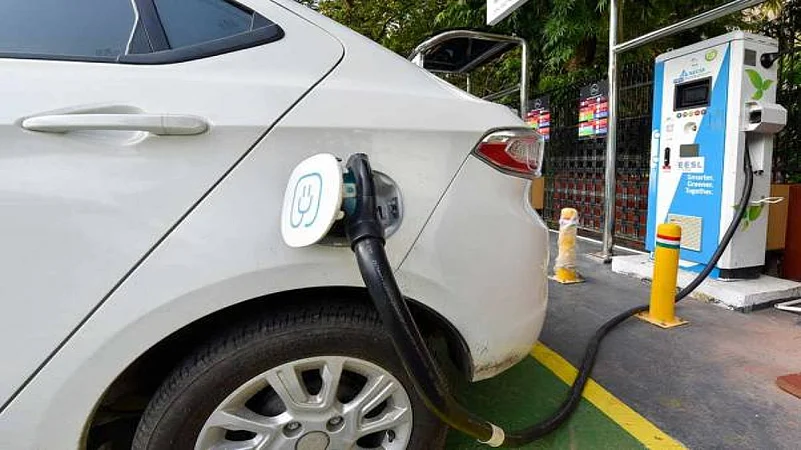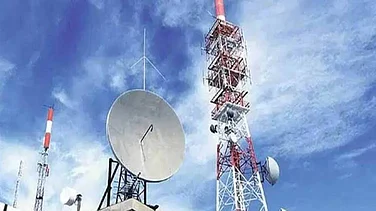A recent report by the Small Industries Development Bank of India (SIDBI), under the guidance of NITI Aayog and with the Rocky Mountain Institute (RMI) as a knowledge partner, outlines six de-risking measures to reduce investors’ risks in the EV ecosystem. It was launched at the Transforming Transportation 2024 International Conference in Washington, D.C.
The De-Risking Lending for a Brisk EV Uptake report suggests private sector initiatives can mitigate expected losses for financiers, paving the way for favourable EV lending terms.
The report advocates for three fundamental pillars: risk mitigation through financial products tailored to electric two- and three-wheelers (e-2/3W), standardised eligibility criteria for OEMs and financiers, and the institutionalisation of de-risking measures (DRMs).
The report is an outcome of aspirational interaction with more than stakeholders conducted by SIDBI with the support of the World Bank, which brings on board the solutions to pain points and how to convert challenges or risks into brisk opportunities, reads a company statement.
It details how two types of de-risking measures can reduce risk and redistribute liability to build EV market confidence. The first set of measures refers to general measures such as (i) building a comprehensive collections system incorporating digital and cash payments and reminders; (ii) implementing a robust repossession system for swift EV retrieval; and (iii) encouraging customers to opt for comprehensive insurance with EV-specific coverage for enhanced asset protection.
The second set of measures tailored to the EV market include (i) leveraging telematics data to evaluate borrower income potential, track location in case of default, and monitor battery health; (ii) developing the secondary sales market; and (iii) bolstering product quality assurance through warranties, service contracts, and financial agreements between OEMs and financiers.
The identified de-risking measures can have a significant financial impact by reducing operating costs, minimizing expected losses, and improving transparency in the e-2/3W market, according to the company statement.
Sivasubramanian Ramann, Chairman and Managing Director, SIDBI, said, “SIDBI intends to incentivize financiers to adopt de-risking measures by offering lower fees on the partial credit guarantee and lower interest rates on the concessional loan to those banks and NBFCs demonstrating the use of the de-risking measures.”
SIDBI looks forward to leveraging its learnings in managing risk mitigation models, including EV RSF 2-3W, to shape risk mitigation models for electric four-wheelers, buses, trucks, and other emerging segments such that the EV eco system evolves sustainably, according to a company statement.
EV adoption is growing in India. ICRA reports that “over the past few years, EV penetration has improved significantly, particularly in 2Ws, 3Ws, and electric buses. The EV penetration in 11M FY2024 was 4.4 percent of new vehicle sales, with a large part of it being derived from the electric two-wheeler segment.” The government is also pushing for EVs. Recently, the government extended the FAME II (Faster Adoption and Manufacturing Electric Vehicles) subsidy for electric mobility by four months to prevent disruption in the EV ecosystem. FAME II is designed to address concerns related to the environment and reduce carbon emissions.































